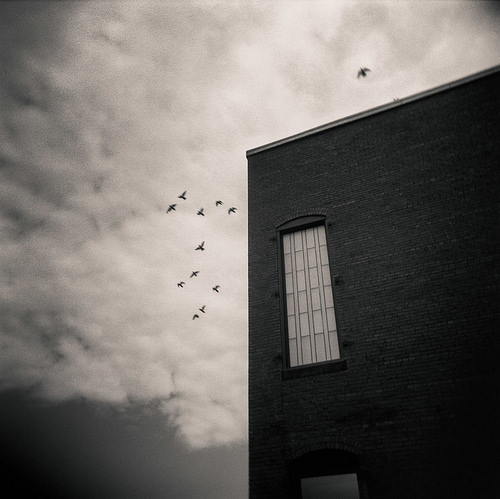
In her golden age
“Mom's Prom Dress” (oil on linen), by Tara Lewis, in the show “Hidden Treasures 6, a the Lamont Gallery, at Phillips Exeter Academy, Exeter, N.H.
— Photo courtesy Lamont Gallery
The gallery explains:
The show “highlights the work of Phillips Exeter Academy faculty from across departments. From multi-media to photography to painting and fiber art, 47 artists display their varied work. Aside from the visual arts, this exhibit also highlights music and literary art created by the faculty at Phillips Exeter Academy.’’
Boarding school art
Kelly McGahie, “Star Lake’’ (digital photograph), by Kelly McGahie, in the show “Hidden Treasures 5,’’ at Phillips Exeter Academy’s Lamont Gallery through Dec. 14.
This exhibit features the work of Phillips Exeter Academy employees, faculty and students across departments. The pieces span media as well, including stained glass, watercolor, photography, fiber arts and more. The artists use their different media to reflect on exploration, expression and the role of the arts at the famous boarding school in Exeter, N.H.
Water Street in downtown Exeter, an affluent town founded in 1638 and named after a town in Devon, England.
Boarding school beauty
Phillips Exeter Academy in 1911.
"Devon is sometimes considered the most beautiful school in New England....It is the beauty of small areas of order -- a large yard, a group of trees, three similar dormitories, a circle of old houses -- living together in contentious harmony.''
-- From the novel A Separate Peace, by John Knowles
The famous novel is based to some extent on Mr. Knowles's memories of his years as a student at Phillips Exeter Academy, the large boarding school in Exeter, N.H.
Baffling blue
"Maragalle'' (mixed media on wood), by Deborah Barlow, in the group show "Clew: A Rich and Rewarding Disorientation,'', at the Lamont Gallery, at Phillips Exeter Academy, Exeter, N.H., Jan. 20-April 15.
The gallery writes:
“Clew: The word can mean variously a ball of yarn, part of a ship's sail, and an expanse of wings. The most famous clew in Western culture was the ball of thread given to Theseus by Ariadne, used to guide the hero back through the labyrinth of the Minotaur. Over time clew has come to mean “a fact, circumstance, or principle which, being taken hold of and followed up, leads through a maze, perplexity, difficulty, intricate investigation” (Oxford English Dictionary). The labyrinth in that famous story is often a metaphor for what is baffling, complex and unfathomable. But a labyrinth can also suggest the mysterious and uncanny. Wandering through a maze—to be in a state of ‘amazement’—can be a rich and rewarding disorientation. When sailing in uncharted waters, the clew we need is one that brings us into proximity to the unknown and then back out again. Wings open and expand.
“’Clew: A Rich and Rewarding Disorientation’ is an artistic collaboration that emulates the labyrinth with its confluences and unexpected turnabouts. Using overlays of music, poetry and visual arts, four artists give viewers and listeners new ways to see, hear and navigate a tripartite, intricately layered world. Within the setting of a physical gallery space, all three formats intermingle freely, and scheduled events shift the central focus from poetry to sound to the visual. Experienced individually or collectively, Clew compounds and expands into a journey of multidimensionality and surprise.’’





